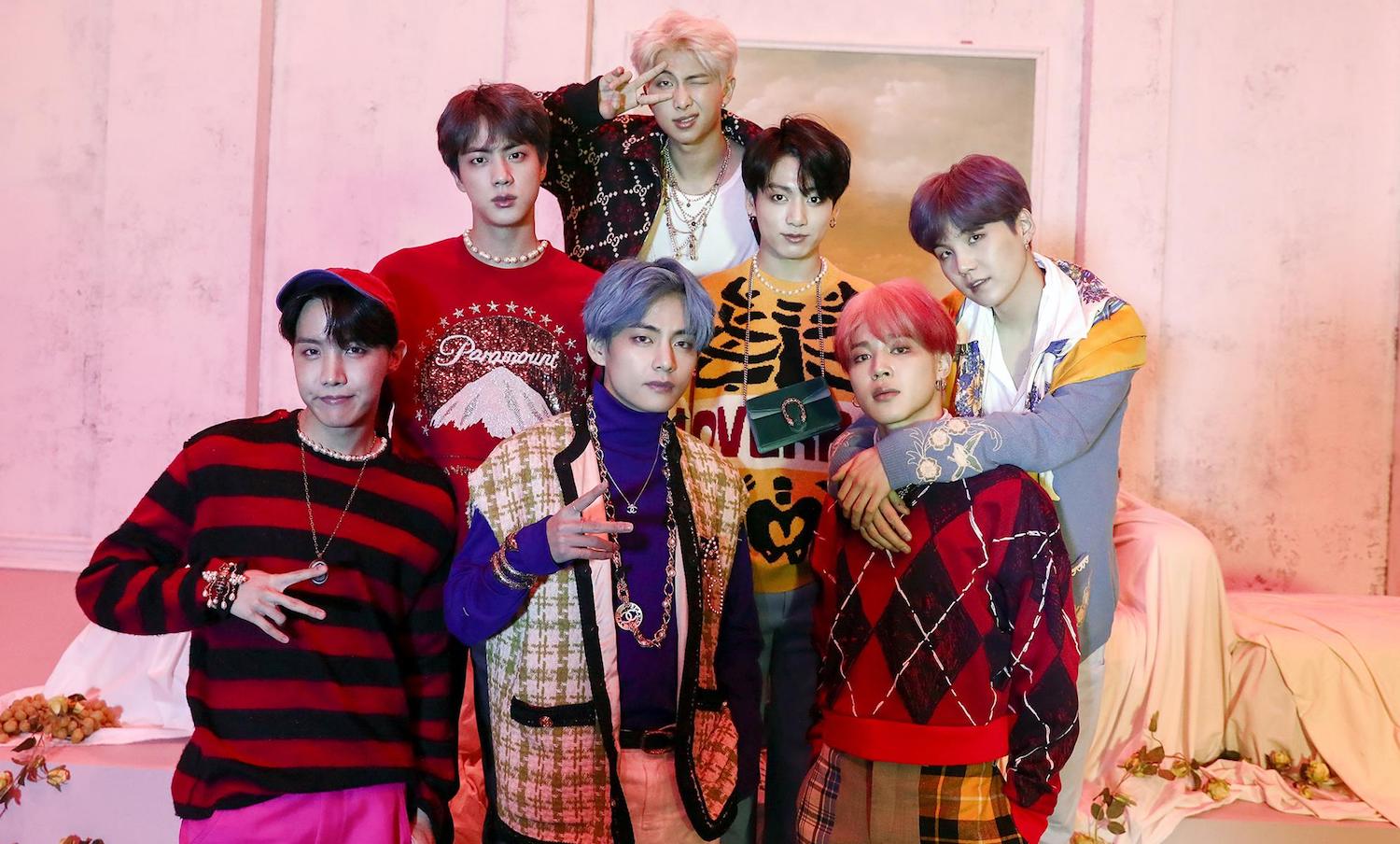New data proves music videos are more relevant than ever before

First rising to prominence in the ’80s with the advent of MTV, music videos have survived and thrived during the music industry’s digital revolution.
In fact, many would argue that the relevance of the humble music video has grown.
While their viability and purpose have been questioned since MTV’s fall from grace (and since Australia’s RAGE followed a similar downward trajectory closer to home), a new space of viewer growth has emerged: the living room.
As Digiday reports, video host Vevo reported 3.9 million music video views on living room devices for the month of May, 2019.
That growth has come largely from the increased use of connected and smart televisions like Apple TV, and works out to be a 41% increase year on year.
When you look at some of the biggest music video debuts in recent years, this growth is less surprising.
The record for the most viewed debut has been broken over and over, and was again in April when K-Pop outfit BTS released their clip for ‘Boy With Luv’ featuring Halsey.
As reported by Forbes, it was viewed 74.6 million views in the first 24 hours.
The video also broke the record for the fastest YouTube video to reach 100 million views, and also debuted with the most peak concurrent viewers – 979,000 people watched it for the first time in unison.
Of all the videos with Top 10 24-hour debuts, Psy’s ‘Gentleman’ was the only one released before 2016.
Vevo’s VP of sales strategy and partnerships Rob Christensen explains that while mobile and desktop viewing has remained steady over the last year, smart TV viewers have been the a huge growth factor for music video views
“Over the past 12 months, when you look at mobile and desktop, we’re up or down a few digits here and there,” he said.
“If you look at performance in terms of view count, connected TV has been the biggest growth factor for us across any screen. We have seen a 41% increase in the living room year-over-year.”
One key factor driving the growth in this particular area is the availability and prolificacy of smart TVs.
Statista reported in January that 70% of TVs sold around the world in 2018 were smart TVs.
In addition, Global TV set unit sales are projected to increase from 229 million units in 2016 to 259 million by 2020.
Distribution of music videos has typically been closely tied with desktop and mobile in recent years, but the rise of smart TVs has seen apps YouTube increasingly available in communal living spaces.
Vevo’s Christensen says that another factor is the availability and instantaneousness of search. Apps and devices are now geared towards instant discovery, and “search is in convergence with the living room.”
Vevo also found that the rise of voice-activated search combined with a more engaged livingroom audience means that the average user session on a living room TV is over an hour (compared with 15 minutes on a mobile).
Through developing technologies, TV is attracting new audiences and driving community viewing back into the home.
It seems as though music videos are one media format that are benefitting most from this shift.


































